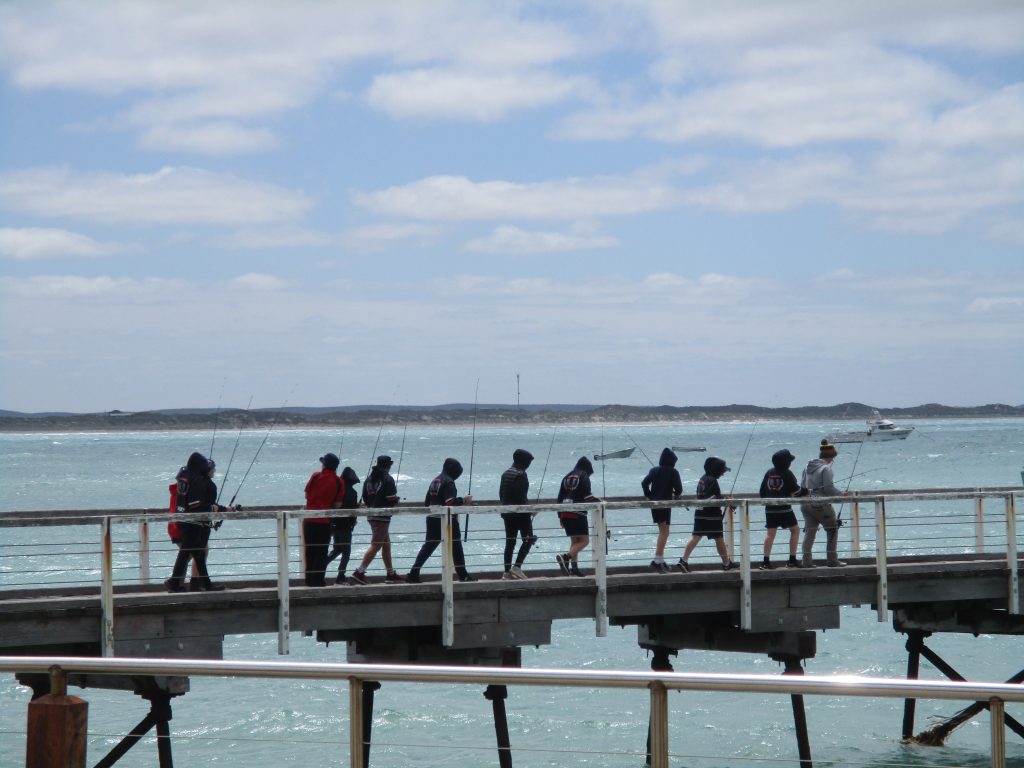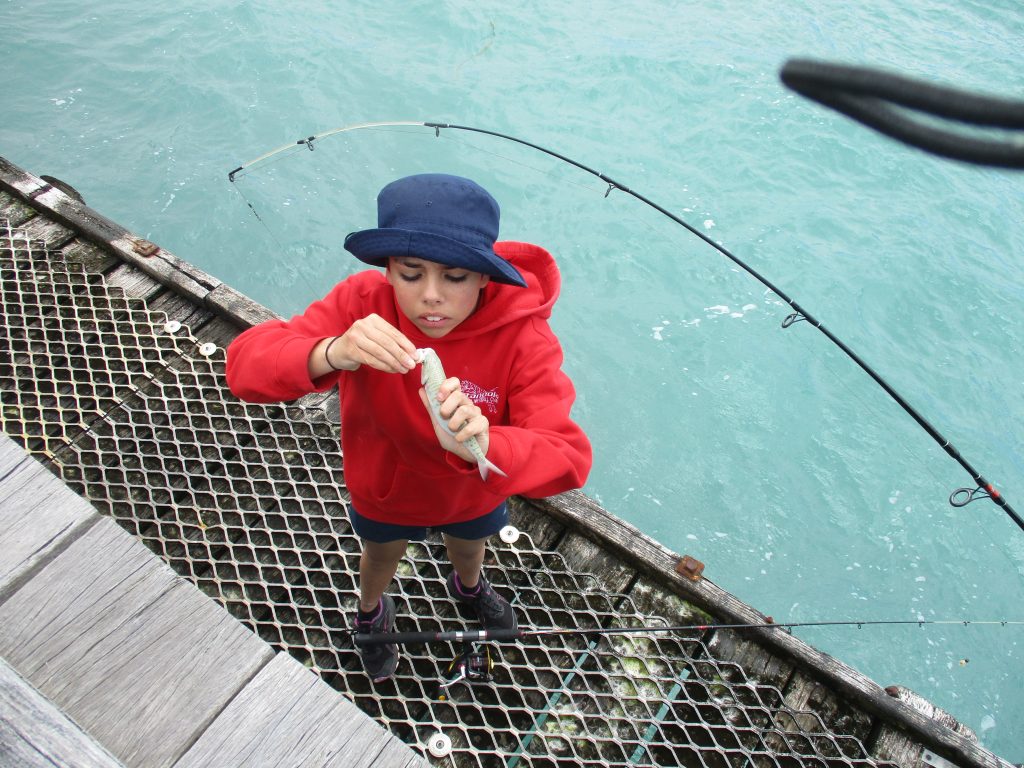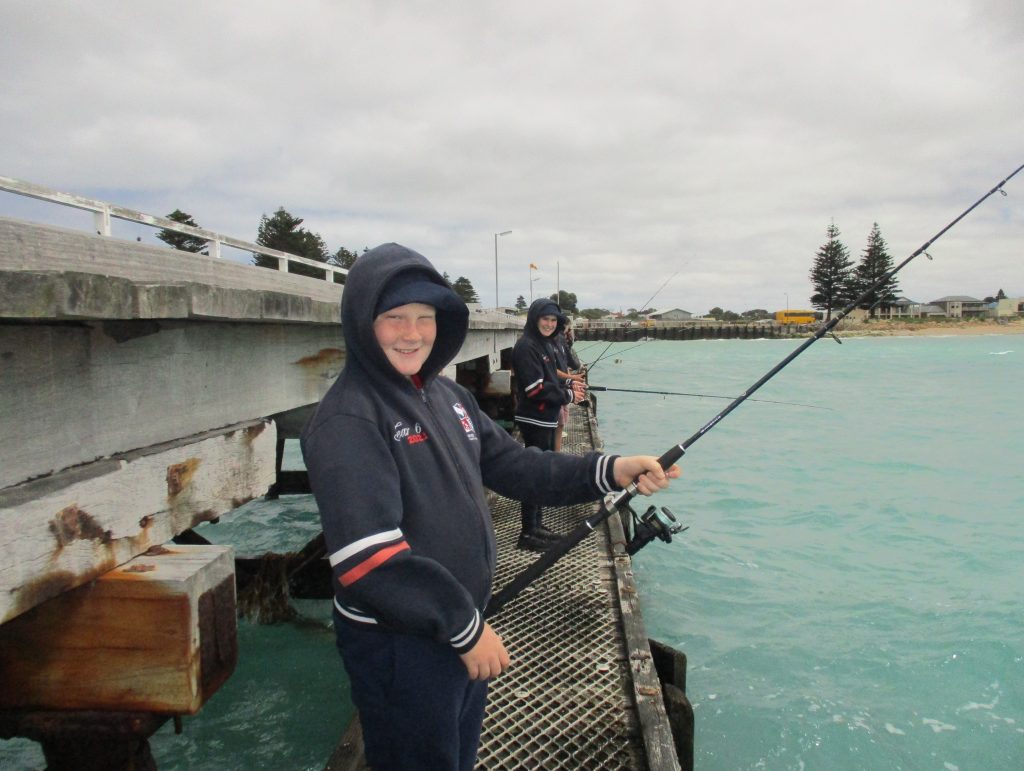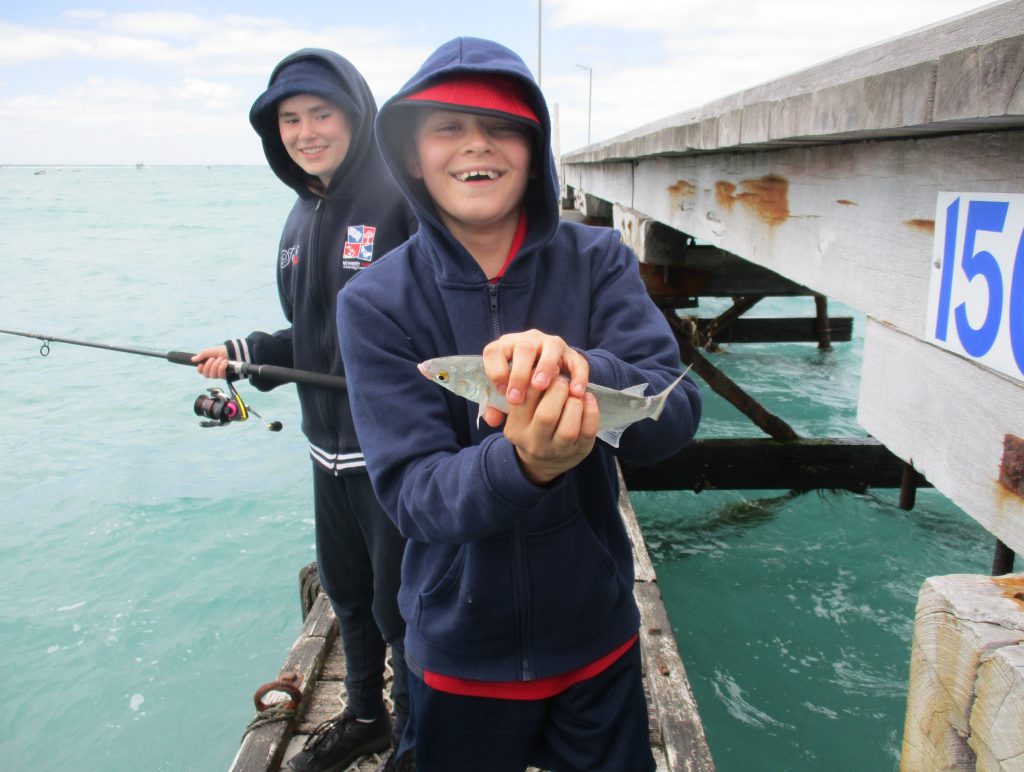Newbery Park primary enjoy some outdoor activities with birds, bats, waterbugs, and fish!
Late last year we kicked off a three-year environmental and cultural education program with Newbery Park Primary School of Millicent, South Australia. NGT is running the majority of activities and hosting many at our reserves, with other activities to be led by First Nations Elders and Kids Helping Cockies from Birdlife.
In mid-September, one class of year 4/5s joined us out Mt Burr Swamp to learn about waterbirds and bats. During the introduction chat, before we had even really gotten started for the day, a brolga flew over the main wetland right past us as we looked out the shearing shed window! We all dashed outside to see where it went and watched it through binoculars for quite a while feeding in the next paddock. A great start to the day! The students enjoyed learning how to use the binoculars well, where to look for waterbirds, and how to identify them. In the bat activity we did a quiz with some curly questions, but were impressed with the knowledge of YELP students who had just been learning about bats through that program (the Limestone Coast Landscape Board’s Young Environmental Leader Program facilitates upper primary students to connect to the environment and other interested students at different schools in the region).
In December, it was the year 2/3s turn and it was a warm sunny day when they joined us at Mt Burr Swamp. The students asked lots of great questions while taking in the view from the shearing shed over the main wetland. After a snack we walked the short distance to the main swamp to collect some water bugs and viewed them from a grassy patch nearby. There were shrieks of excitement as the students found various bugs, with the most exciting being a giant water beetle (Diplonychus sp.) with eggs on his back. While searching through one of our identification books the students discovered that the female lays her eggs on the back of a male where they are safe from the male and other predators. The male strokes the eggs with his back legs to maintain a fresh flow of water. If an egg falls off, the male eats it.

Here are some of the other interesting creatures we found.
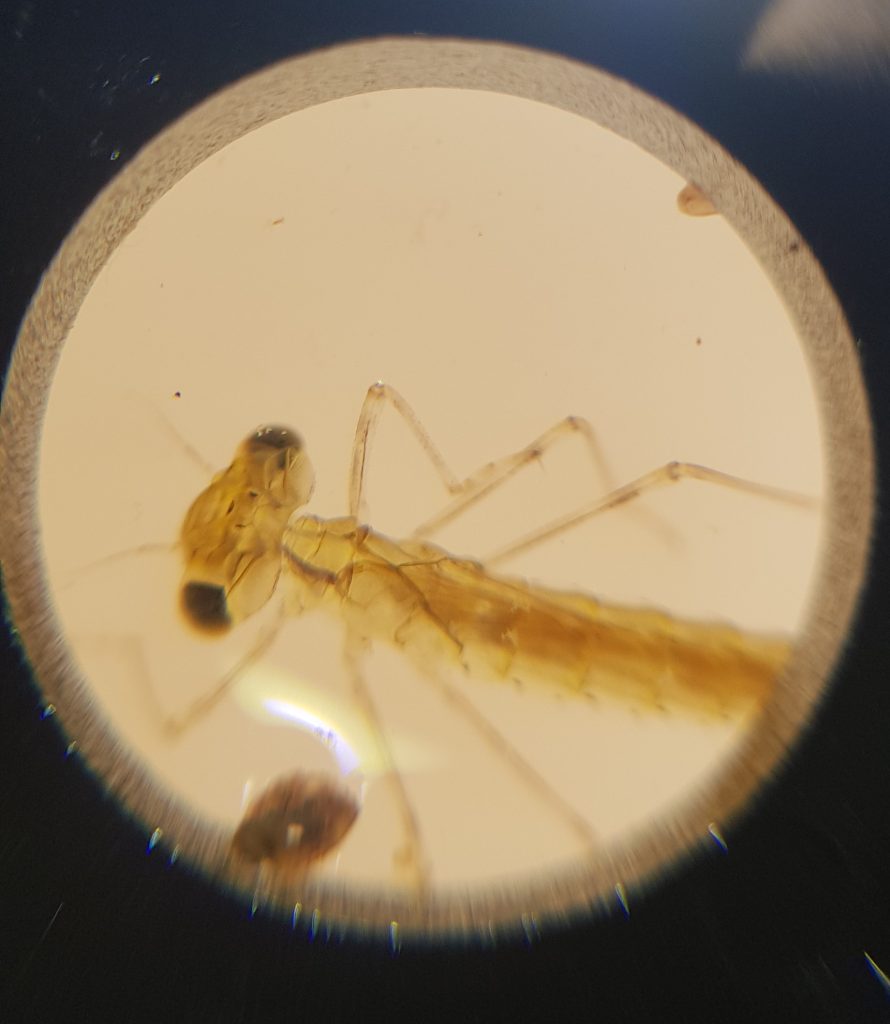
Damselfly nymph. Photo: Jess Bourchier 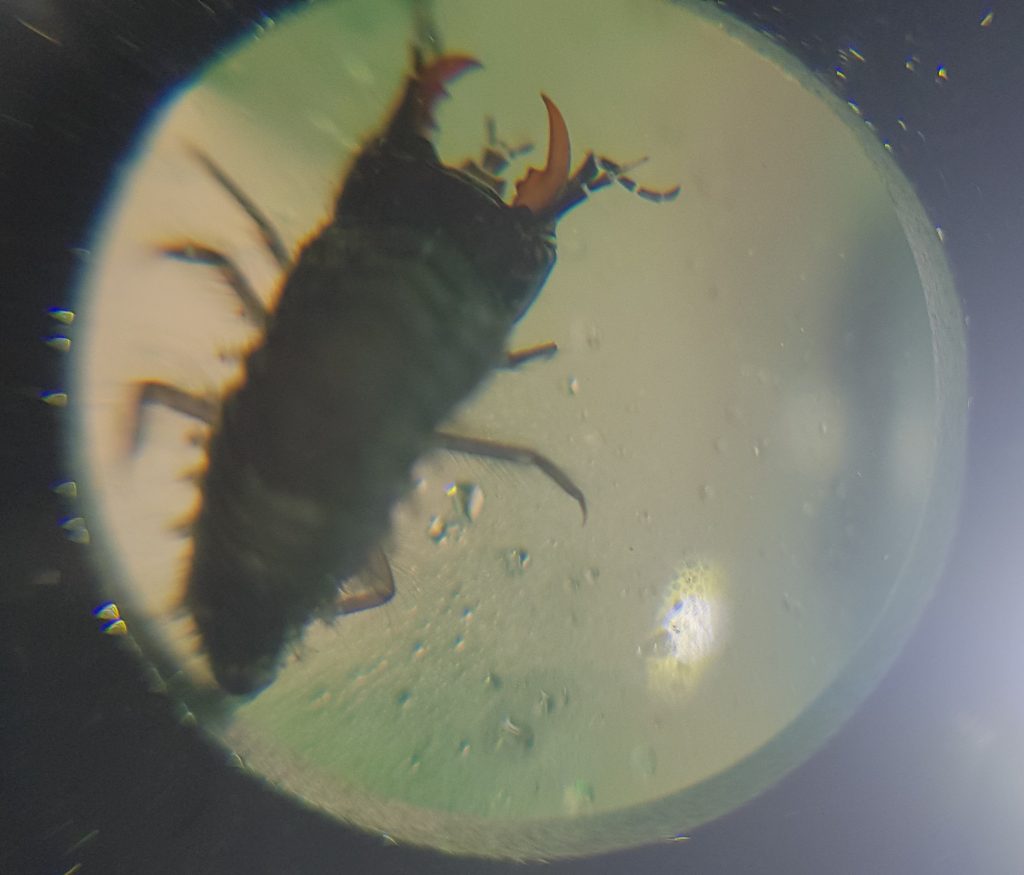
Water beetle larva. Photo: Jess Bourchier 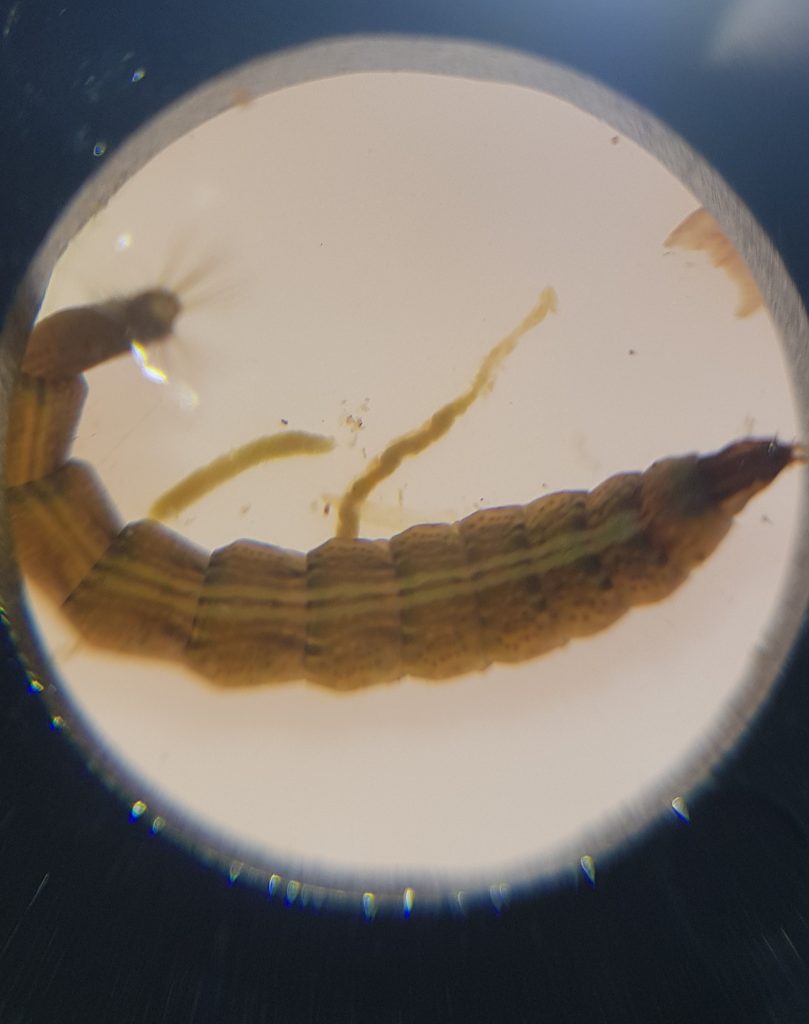
Soldier fly larva. Photo: Jess Bourchier
The next event was a sustainable fishing session held at Beachport jetty with the year 6/7 class. The students were so eager for the event they had already called it the best day of the school year in their annual report, completed the week before the event – so the pressure was on!
Before we started fishing the students learnt about fish size limits and bag/boat limits, why we have them, how they are determined, and where to find out what they are. They also learnt about some of the ways fishers can reduce the harm caused to fish and the environment while fishing, including using fish-friendly hooks and handling/release techniques, and environmentally friendly sinkers, as well as ways to reduce marine debris.
Then we hit the jetty. You never can tell when the fish will bite so I was nervous with the pressure of “the best day of the year” (we often don’t catch a great deal at these events). As it turns out, it really was the best day of the year for everyone, even for me! Of the 24 students, 17, plus the teacher caught, at least one fish! For a lot students this was their fist ever fish. Many students caught multiple fish, with the record being eight! It really was unbelievable! After two hours of fishing no one wanted to stop, but we had run out of bait for the second time and lunch was calling.
After a quick chat following lunch about what the students had learnt, I asked them if it had lived up to their hopes and was blown away by their enthusiasm and joy that it had by far passed everyone’s expectations.
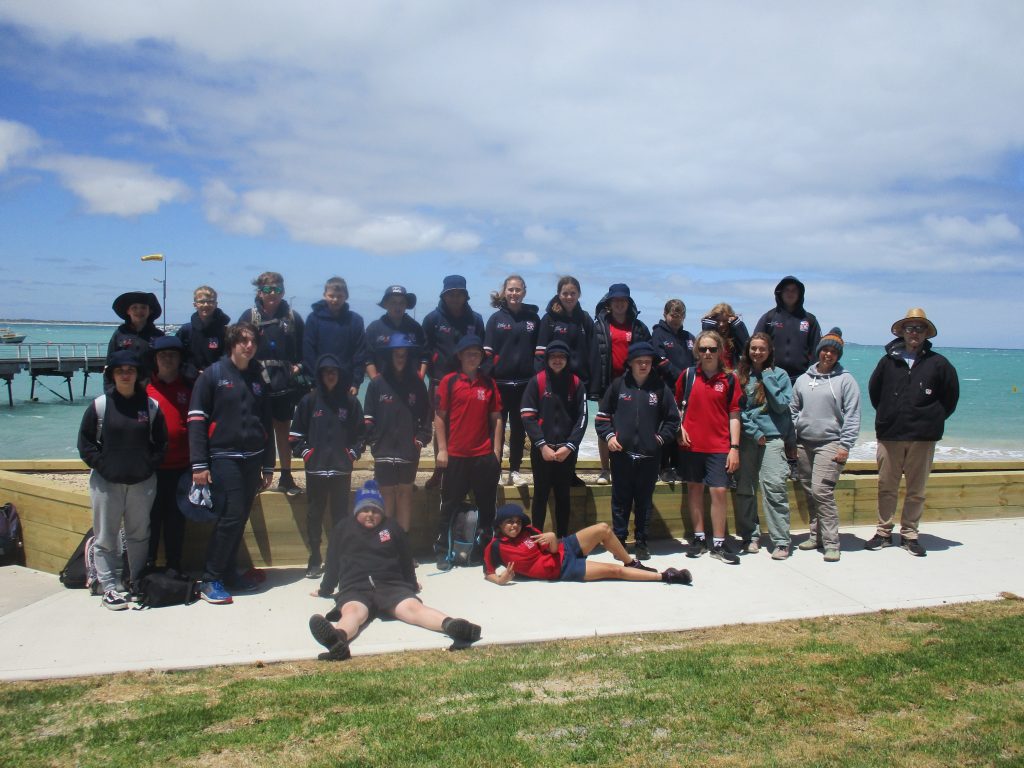
This project is supported by the Limestone Coast Landscape Board’s Grassroots Grants program, funded by regional landscape and water levies.


